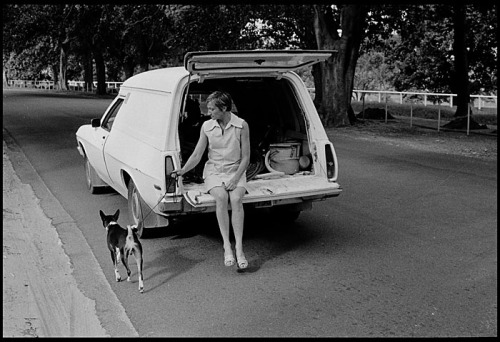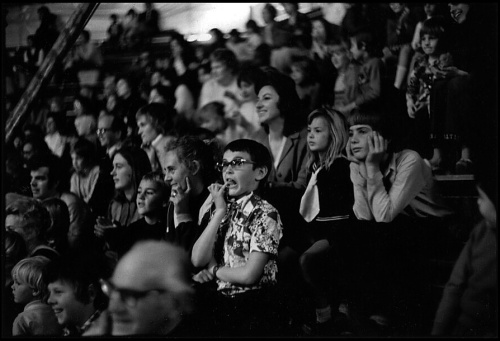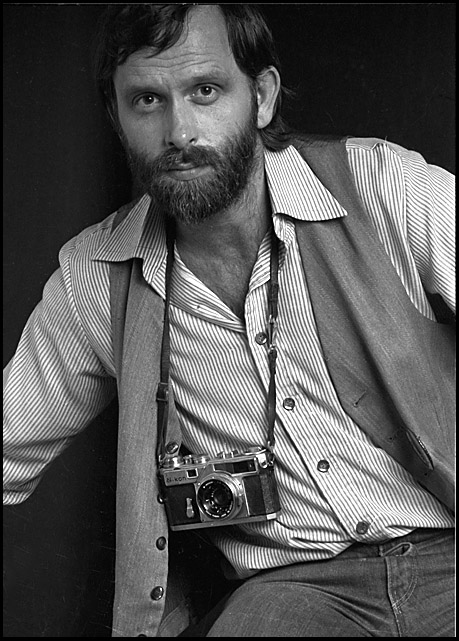I’ve always thought it a little odd how some photographers have these intense love affairs with a specific camera. They become fixated on the Leica, or Canon or cheap Diana plastic toys. A sort of photo-erotic romance. For them no other camera will ever match their one true love which they elevate on a pedestal, often with the kind of hyperbole that if examined closely, should make them blush. For me, cameras and computers are simply tools of my trade. They do the job and are discarded without sentimentality if and when they fail to measure up.
In reality though, I’m not so different. I must confess that I once had a passionate affair with one particular camera. It was the Nikon SP. Manufactured in the late 1950s, it was a machine that took the best ideas from Contax and Leica and melded them into a camera that I think, was the absolute pinnacle of rangefinder camera development. I bought mine second-hand in 1971. It came with two 50mm lenses, and a 25mm wide-angle. The 50mm lenses were the superb little Nikkor 1.4 and the incredibly fast and bulky Nikkor 1.1.
So large was the front element of the 1.1 that its barrel filled most of the viewfinder area. Without a supplementary viewfinder you were practically guessing at what was in the frame. For this reason I rarely used it, but what triggered this reminiscence was seeing that there was one of these lenses on eBay the other day. It’s price tag: $40,000! I sold mine about 20 years ago for $600 (groan).
The Nikon SP was my walkabout camera. It accompanied me everywhere. Compared with my SLRs it was compact (when without the f1.1 at least) and with its Contax style focussing wheel next to the shutter release, was fast in use. I developed a deep affection for this machine, and still Nikon still hold this fore-runner of the Nikon F in high regard. So much so that about 10 years ago they ran a limited commemorative edition that was immediately snapped up by collectors.
When I lost my SP in a burglary in the 1980s, I went into deep mourning. For years, I gazed into pawn shop windows, hoping to glimpse my camera again, but eventually, I came to accept that it was gone forever. You can still pick up good examples of the SP on eBay for a couple of thousand dollars and I must admit that looking at them today, I was tempted. But then reality set in. I can’t bring myself to go back to film even for the love of my life. Now if only Nikon would produce the SP as a full-frame mirrorless digital with that superb 35mm F1.8 Nikkor, I could fall in love all over again.
If you want to know more about the history and qualities of this handsome camera, go here:
Here’s a couple of pictures from my Nikon SP.

An off-duty cleaner walks her dog from the back of a station wagon, in Centennial Park, Sydney © Rob Walls 1975

A young boy captivated by the trapeze act at a performance by Ashton’s Circus in Sydney © Rob Walls 1973
Both of these pictures are spontaneous grab shots; the picture of the boy in the audience at the circus was shot under extreme low-light conditions. With the 1.4 wide open, I remember that the shutter speed for this was 1/4 second, hand-held, with my shoulder hard braced up against a tent-pole. I got off three frames, this was the only sharp one.





















 Tasmanian Times
Tasmanian Times